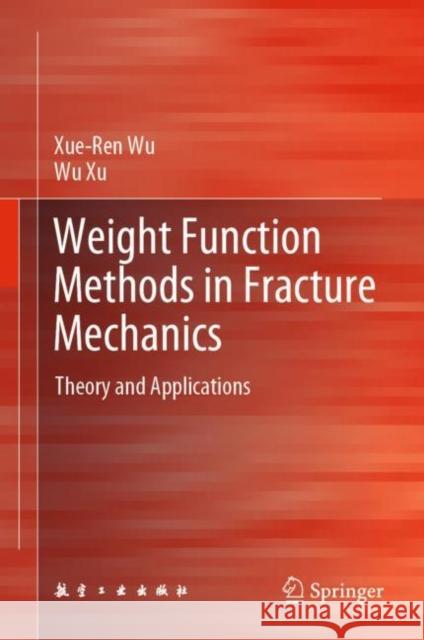Weight Function Methods in Fracture Mechanics: Theory and Applications » książka
topmenu
Weight Function Methods in Fracture Mechanics: Theory and Applications
ISBN-13: 9789811689604 / Angielski / Twarda / 2022
Weight Function Methods in Fracture Mechanics: Theory and Applications
ISBN-13: 9789811689604 / Angielski / Twarda / 2022
cena 877,30 zł
(netto: 835,52 VAT: 5%)
Najniższa cena z 30 dni: 749,66 zł
(netto: 835,52 VAT: 5%)
Najniższa cena z 30 dni: 749,66 zł
Termin realizacji zamówienia:
ok. 16-18 dni roboczych.
ok. 16-18 dni roboczych.
Darmowa dostawa!
This book provides a systematic and standardized approach based on the authors’ over 30 years of research experience with weight function methods, as well as the relevant literature. Fracture mechanics has become an indispensable tool for the design and safe operation of damage-tolerant structures in many important technical areas. The stress intensity factor—the characterizing parameter of the crack tip field—is the foundation of fracture mechanics analysis. The weight function method is a powerful technique for determining stress intensity factors and crack opening displacements for complex load conditions, with remarkable computational efficiency and high accuracy.
The book presents the theoretical background of the weight function methods, together with a wealth of analytical weight functions and stress intensity factors for two- and three-dimensional crack geometries; many of these have been incorporated into national, international standards and industrial codes of practice. The accuracy of the results is rigorously verified, and various sample applications are provided. Accordingly, the book offers an ideal reference source for graduate students, researchers, and engineers whose work involves fracture and fatigue of materials and structures, who need not only stress intensity factors themselves but also efficient and reliable tools for obtaining them.











